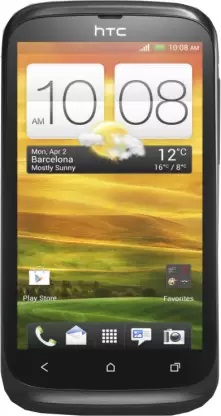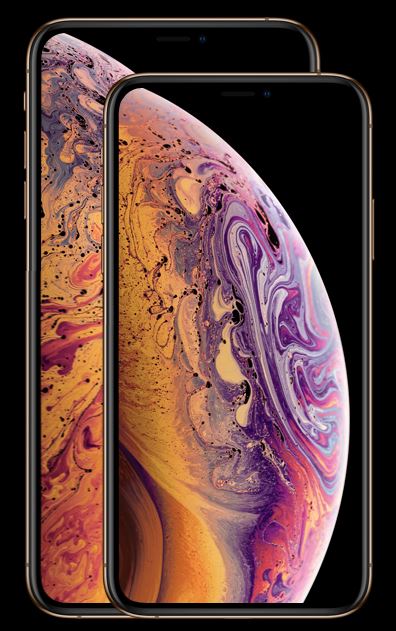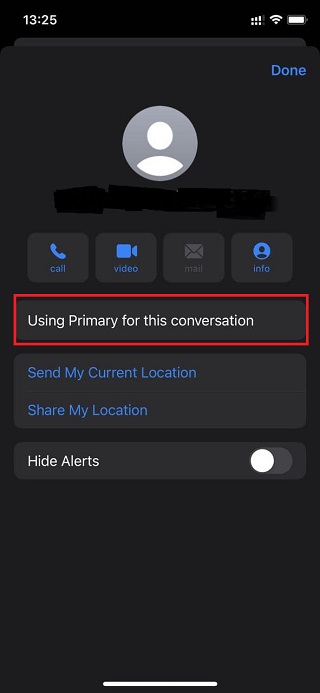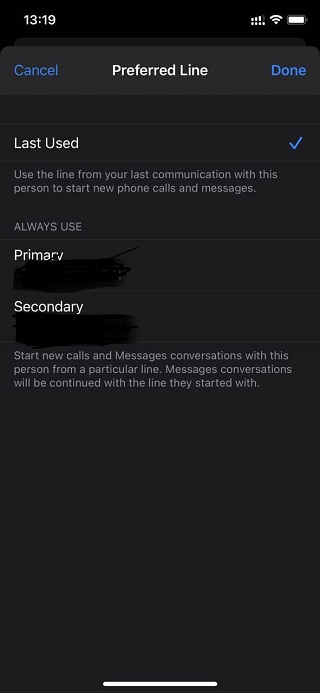Apple could have just copied how dual SIM works on Android and pay off Google. It's been 3 years ffs
— Highest Grades (@Buginian) August 10, 2021
New updates are being added to the bottom of the story…
Original story (from Aug 22) follows:
Dual SIM functionality in mobile phones, not just smartphones, has existed for about two decades. But it was only in 2018 that Apple hoped onto this bandwagon with the launch of the iPhone XS and iPhone XR.
Let’s face it. For years, the iPhone was predominantly a U.S. phone built with the American user in mind. In a market where carriers control nearly all smartphone sales, having dual SIM functionality was never an option.
This model also meant that even Android vendors like Samsung who sell dual SIM phones outside the U.S. had to conform to carrier requirements or lose a shelf in stores.

No carrier wants to sell you a phone that has room to insert a second SIM card from another carrier. In fact, carriers further lock the phones to their network, preventing one from hoping onto another carrier.
Of course, there’s always room to unlock the locked phone, but even so, this won’t give you a second SIM card slot. In China, India, and other parts of the globe, dual SIM functionality is an old concept.
Smartphone sales are not heavily reliant on carriers in these sides of the world, meaning network-locked phones are as scarce as they come. Just about everyone owns a dual SIM phone.
And there are various reasons one would want dual SIM capabilities on their phone. Which is precisely why many Android smartphones have had two or even more SIM card slots for over a decade.

The major reason I prefer dual SIM phones to single SIM models is that I no longer have to carry around two phones or keep manually switching SIM cards.
As noted before, you also throw off the shackles of using one network, meaning you are free to switch to whichever network provider you like at any given moment.
There’s plenty of other reasons for choosing a dual SIM phone, including easily separating work and personal stuff, enjoying more coverage, access to cheaper rates from competing carriers locally or even overseas, and so on.
Even with all these benefits, Apple had to wait until 2018 before hoping onto the dual SIM ship with the release of the iPhone XS, iPhone XS Max and iPhone XR handsets.

Thanks to this technology, iPhone users could finally use the physical SIM slot to house a second card, essentially converting iPhones into dual SIM smartphones for the first time ever.
Unfortunately, Apple was nearly 10 years late into the dual SIM business compared to Google. This also meant that Cupertino’s dual SIM functionality lagged behind Android in certain aspects.
Three years and two iPhone iterations later, Apple still hasn’t caught up with Google on some of the most basic dual SIM functions.
Of course, Tim Cook and group can be forgiven. After all, Google has had nearly a decade to perfect Android’s dual SIM feature. But given the amount of resources at Apple’s disposal, implementing basic functions shouldn’t be a big deal.
The first major hurdle you get to deal with is having only one line working with iMessage and FaceTime. You can still use the second line for basic texting and photo messages.
Sure, these are shortcomings I can deal with, but then comes the problematic part. On the latest iOS 14.7.1, I can’t have SMS conversations using different lines with the same contact.
For some reason, the phone never asks which line to use to initiate a text conversation and instead falls back to the line that was used in the previous or existing conversation with the contact in question.
The only time you get the option to pick the SIM to use when composing a text is if you are contacting the person in question for the first time ever on your iPhone.
Apple can easily fix this by allowing users to switch between SIM cards by tapping on ‘Using Primary for this conversation’ or adding a toggle to the ‘Info’ page seen below.

It starts to get more annoying when you find out that there’s no room to set a different ringtone for each SIM card, but perhaps the most frustrating bit is that you never get to pick which line to use when calling a saved contact in real time.
Instead, you only get the option to force a default line for every contact or set it to always fall back to the ‘Last Used’ line. And this too doesn’t happen in real time. You have to make the changes in settings before initiating the call.

In contrast, Android has a very easy to use dual SIM UI where just about everything happens in real time. Want to text someone? Simply open the messaging app and from inside the text area, pick the preferred SIM to use and boom, you are good to go.
This means you can initiate conversations from different lines but have them all in the same chatroom. You can also have your Android phone ask the line you’d like to use to initiate a call every time rather than force a default line.
There’s probably more to this dual SIM feature that I haven’t explored yet since I’ve only been on iOS for a few weeks now after having been a staunch droid.
But as noted earlier, Apple has only had about three years to work on its dual SIM feature compared to Google’s decade-old work, so we can all agree that there’s still some room for improvements.
Whether the upcoming iOS 15 update will introduce some much-needed improvements remains unclear. But I’d like to imagine that Apple is at least working on bridging the gap between iOS and Android with respect to dual SIM UI and functionality in general.
Having said that, we’d like to hear from you as well. How has been your experience with dual SIM on iOS, especially if you’ve had the chance to use the function on Android?
Share your thoughts via the poll and comments section below. The article will be updated after a week to reflect the poll results, so be sure to cast your vote as soon as you can.
Do you think Apple’s iPhone dual SIM feature is still miles behind Android in terms of ease of use and general functionality?
— PiunikaWeb (@PiunikaWeb) August 22, 2021
Vote below & read our opinion here: https://t.co/EoJZ9wsknZ
Update 1 (August 29)
The results for the poll are out. A vast majority of those who voted (over 80%) agreed that Apple’s iPhone dual SIM feature is still miles behind Android in terms of ease of use and general functionality.
Less than 20% opted for ‘No’.
In case you missed the poll, you can still share your thoughts by leaving a comment in the comment section at the bottom of this page.
PiunikaWeb started as purely an investigative tech journalism website with main focus on ‘breaking’ or ‘exclusive’ news. In no time, our stories got picked up by the likes of Forbes, Foxnews, Gizmodo, TechCrunch, Engadget, The Verge, Macrumors, and many others. Want to know more about us? Head here.

![[Poll results out] I hope iOS 15 update brings significant improvements to iPhone Dual SIM functionality [Poll results out] I hope iOS 15 update brings significant improvements to iPhone Dual SIM functionality](https://stage.onepluscorner.com/wp-content/uploads/2021/08/Apple-iPhone-XS-Dual-SIM-function-1.jpg)